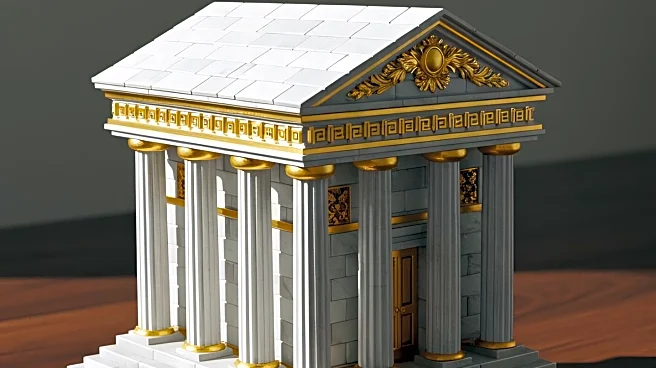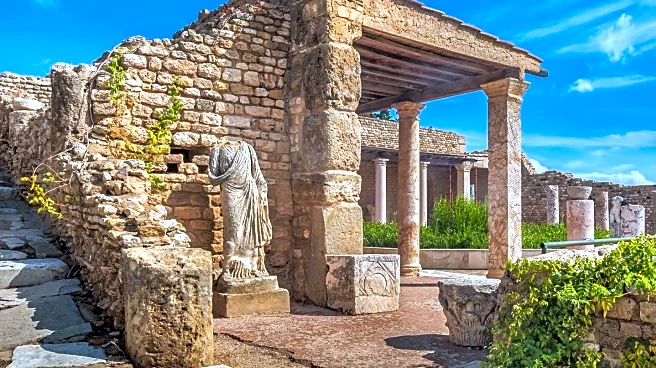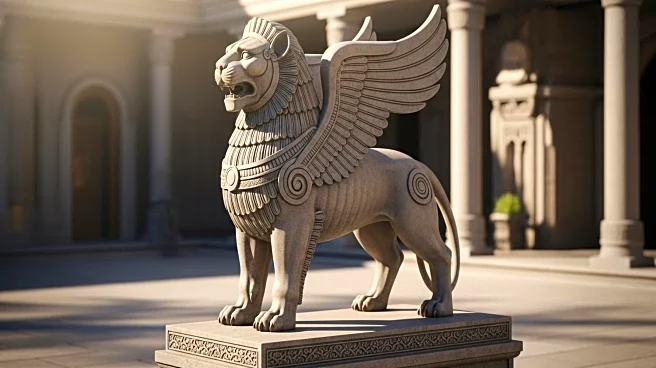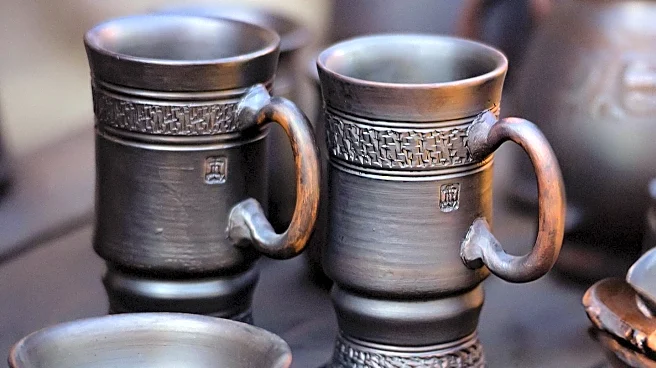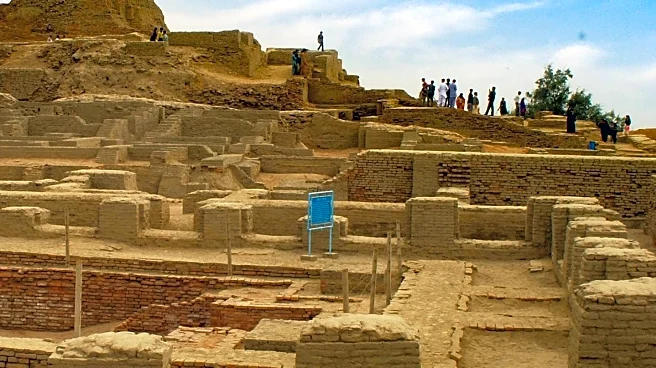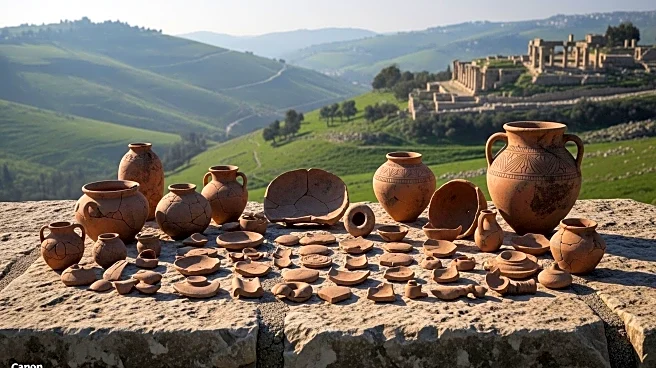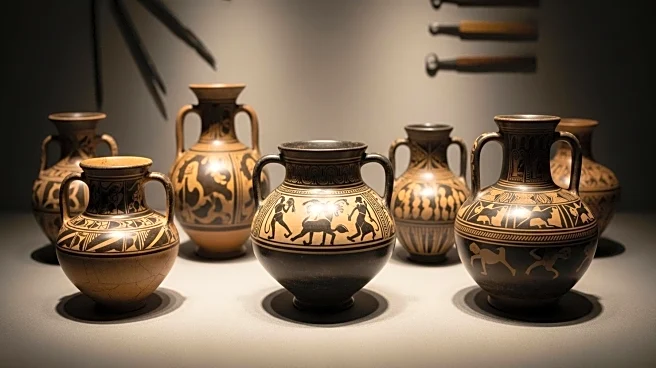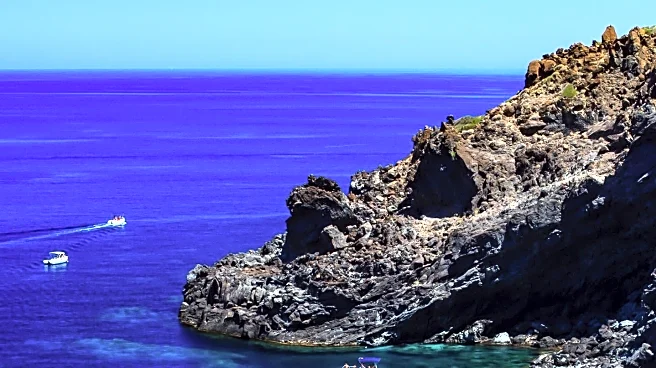What's Happening?
Archaeologists in Albania have uncovered a Roman tomb near the border with North Macedonia, marking the first of its kind in the country. The tomb, dating back to the 3rd or 4th century AD, contains intricate carvings, inscriptions, and artifacts suggesting the occupant was of high social standing. The discovery offers insights into the social dynamics of Roman-era Albania and highlights the cultural integration within the Balkans during that period.
Why It's Important?
This discovery is significant as it provides a rare glimpse into the life and death of an ancient elite family, offering valuable information about Roman history in Albania. The tomb's artifacts, including glass plates and gold-threaded fabric, indicate the occupant's high status and contribute to understanding the region's historical and cultural heritage. The site has the potential to become a major tourist attraction, boosting Albania's cultural tourism sector.
What's Next?
Local authorities plan to develop the site into a tourist destination, balancing preservation with economic benefits. Efforts will focus on protecting the tomb's historical integrity while making it accessible to visitors. As Albania's tourism industry grows, the challenge will be to safeguard ancient sites while fostering public interest and engagement.
